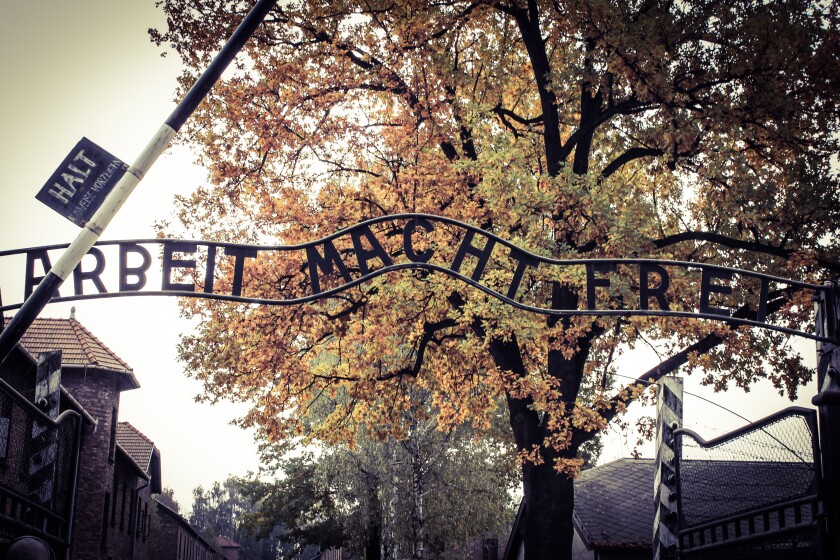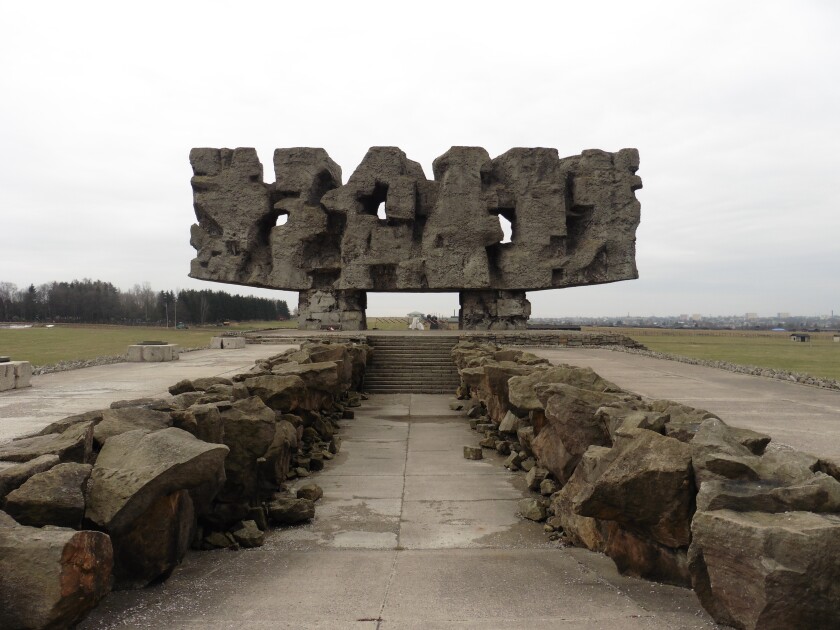Seeing What’s Hard to See

There is something about the dismal and depressing happenings of this world that oddly captures our attention. Look at some of the most popular TV shows and movies on Netflix over the last several years; from serial killers to stalkers, we find it interesting to observe these troubling matters. Frankly, I am not sure why these things are so alluring to us. Whatever the reason, we also find it interesting to visit unsettling places with shadowy pasts. This type of tourism is increasingly becoming known as “dark tourism.”
Dark tourism can take you all over the world. In the short history of our modern world, there have been countless accounts of horrible events. The Holocaust, wars, natural disasters, terrorism, and murders are just a few examples that come to mind. I would like to guide you through three dark tourist locations that I have visited. Keep in mind that it is tough to accurately describe the feelings evoked by these places. They are not “amazing” or “cool”; rather, they fill you with a sense of reverent awe as you think of the very real events that transpired in these places. It is important to acknowledge that these events happened, learn from our history, and keep the memory of the victims alive.

New York City, NY, USA
In the United States of America, we have witnessed many tragic events. One of the most recent tragedies sticks out in many Americans’ minds: The terrorist attacks in New York City on September 11, 2001, an event etched into our history. The Twin Towers were obliterated, leaving an enormous pile of rubble. Almost 3,000 victims lost their lives and over 25,000 others suffered injuries. As a tribute to the fallen, the 9/11 memorial and museum were opened in 2011 and 2014, respectively.

The memorial comprises two reflecting pools set into the ground in the exact spots where the Twin Towers stood. The names of the victims are inscribed around the edges of the pool walls. Standing at the edges of the pools helped me comprehend what transpired there and the enormity of it all. The museum, set mostly underground, has an exterior design reminiscent of a fallen skyscraper and is full of artifacts, audio recordings, and video clips surrounding the events of September 11. Visiting this memorial instilled a sacred feeling in me as I mourned the lives lost and hoped for better days ahead. As I walked around above ground and saw the cavities left in the ground where the Twin Towers were once rooted, I felt an overwhelming sense of gratitude for my country and the patriotism that holds us together.

Oświęcim, Poland
Across the Atlantic Ocean from New York we find Poland, where there is vivid evidence of one of the darkest events in world history. The Holocaust, carried out by Nazi Germany, was the genocide of about six million European Jews during World War II. Most of the genocide was carried out in concentration and extermination camps, such as Auschwitz in southern Poland. Well over one million people were killed in this camp alone. It is worth noting that Auschwitz refers to a complex of many different concentration and extermination camps. The main two camps are the most recognizable: Auschwitz I and Auschwitz II-Birkenau. Auschwitz I, with its recognizable entrance sign reading Arbeit Macht Frei (meaning “Work Sets You Free”), lies in the town of Oświęcim. Many buildings remain in Auschwitz I, with some being reconstructed after the war.
As I walked around Auschwitz, it was difficult to grasp the reality of the Holocaust and the wickedness that took place there. The memory of the barbaric events has filled the site with a melancholic aura. The buildings are filled with the stories, memories, and personal effects of those that were executed there. Throughout most of the visit I wandered around silently, rendered speechless by the atmosphere. As I gazed upon piles of hair, shoes, and suitcases, I was overcome with sadness.

The anguish continued as I traveled to Auschwitz II-Birkenau, home of the infamous brick gatehouse with train tracks that run through the middle and continue all the way to the gas chambers. At the back of Auschwitz II-Birkenau, where the gas chambers once stood, lies a monument in memory of those who lost their lives. There are several plaques which read, in many languages, “For ever let this place be a cry of despair and a warning to humanity, where the Nazis murdered about one and a half million men, women, and children, mainly Jews from various countries of Europe.” Reading this plaque while standing in such a disheartening place was profoundly moving. It served to open my eyes to the horrors of the past. It became easier to picture what happened in Auschwitz as indescribable emotion flooded over me.

Lublin, Poland
About 320 kilometers (200 miles) away in Lublin lies Majdanek, an extermination camp. In contrast to Auschwitz, Majdanek had far fewer prisoners, the deaths here estimated to have been around 80,000. This camp, originally intended to be a work camp, sits close enough to the city that it can be seen from some of the city’s taller high-rises. Majdanek is further off the beaten path than Auschwitz, which added a private feel to the visit. I visited in the winter, so the weather was quite bleak, cold, and dreary. With gray skies and a dusting of snow on the ground, the camp’s atmosphere was much like I pictured it to be during the war. At the entrance of Majdanek stands a striking monument depicting the victims’ mangled bodies. Behind the monument sprawls the camp surrounded with barbed-wire fences and watchtowers. Seeing the watchtowers still standing filled me with an eerie, dreadful feeling.
Also in the backdrop, just outside the fence, is a mausoleum that contains ashes and remains of cremated victims of Majdanek. I was stunned while I stood in the mausoleum. I simply could not accept the truth of what I was looking at. Carved into the dome at the top of the mausoleum are the words Los Nasz Dla Was Przestrogą, which translates into English as “Our Fate is a Warning to You.” There in Majdanek, I had one of my grimmest experiences in coming to terms with the tragedies of the Holocaust. And as the mausoleum warns, we should let history teach us something about the world.
These dark places offer little in the realm of cheerful, relaxing destinations, yet they remain some of the most visited places around the world. Every year a total of over seven million people visit these three locations. I believe, as these people do, that there is worth in visiting such dark places. In order to better appreciate all that is good and beautiful in the world around us, it is necessary to recognize and remember all that is bad and unseemly. By doing so, we become enlightened to the dangers of the past in hopes of ensuring a brighter future for the generations to come.
Jordan Park
